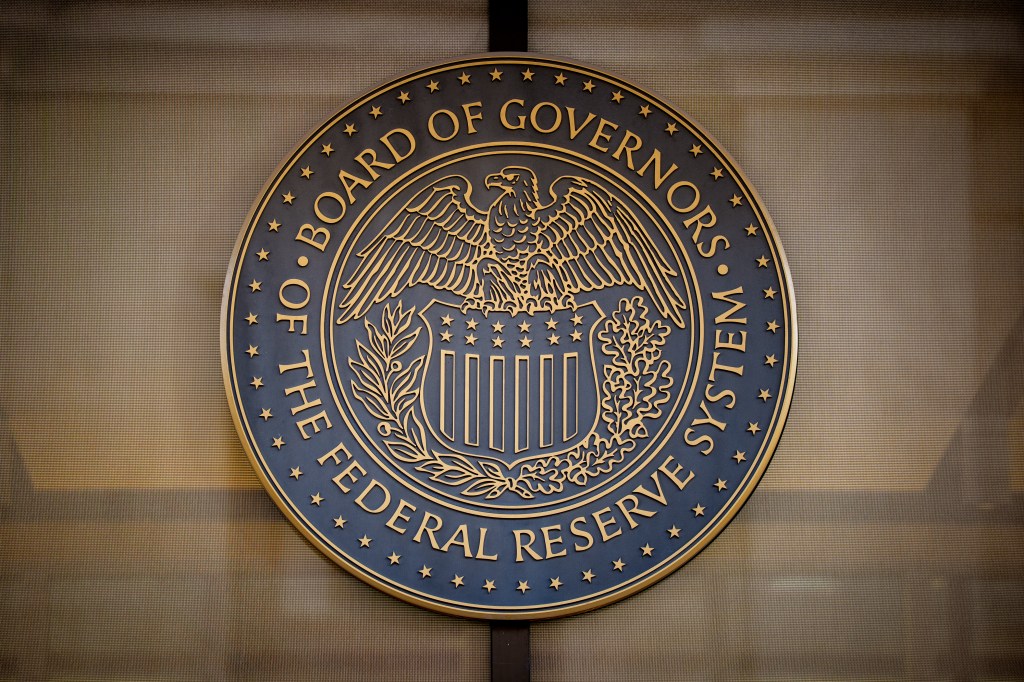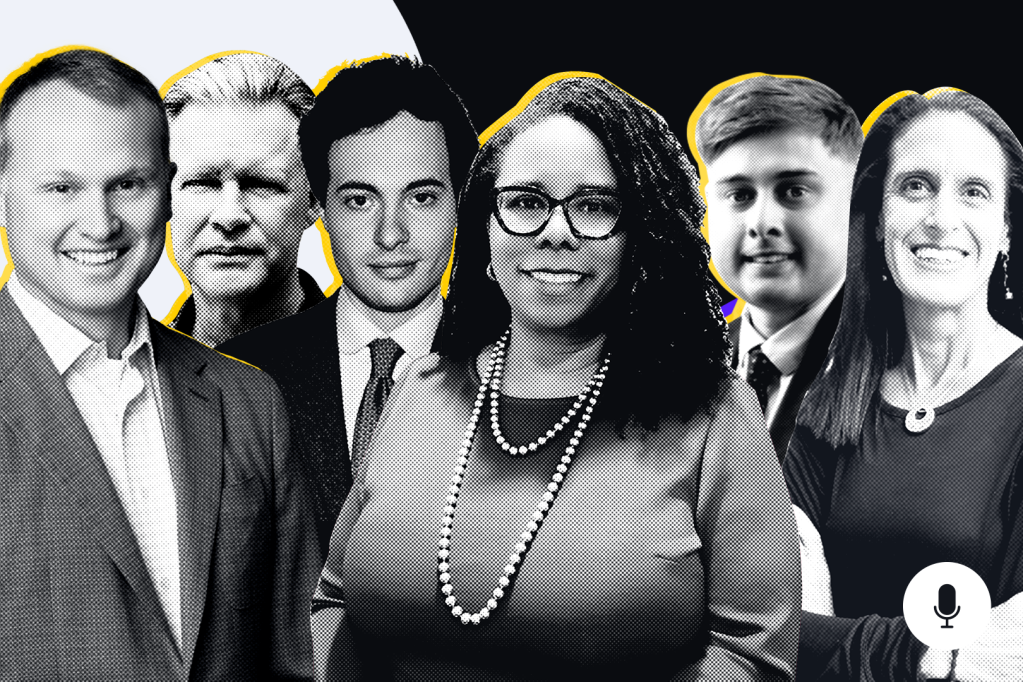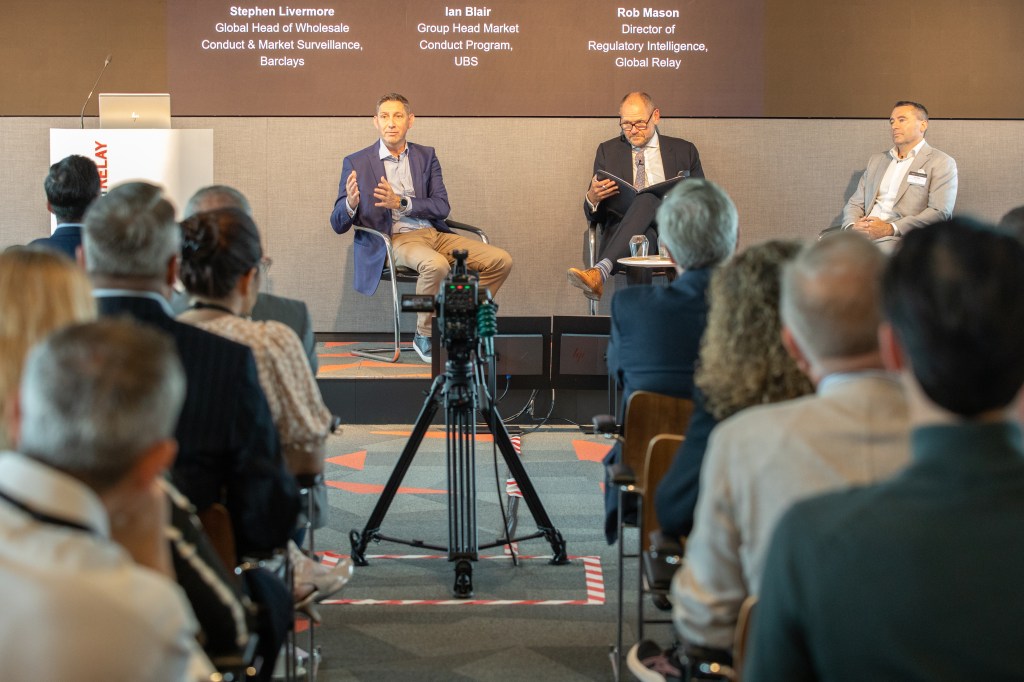Stephen Livermore and Ian Blair joined Rob Mason for a discussion at Global Relay’s recent summer gathering in London on why surveillance was currently subject to such focus. Livermore is Global Head of Wholesale Conduct & Market Surveillance at Barclays and Blair Group Head of the Market Conduct Program at
Register for free to keep reading
To continue reading this article and unlock full access to GRIP, register now. You’ll enjoy free access to all content until our subscription service launches in early 2026.
- Unlimited access to industry insights
- Stay on top of key rules and regulatory changes with our Rules Navigator
- Ad-free experience with no distractions
- Regular podcasts from trusted external experts
- Fresh compliance and regulatory content every day

















